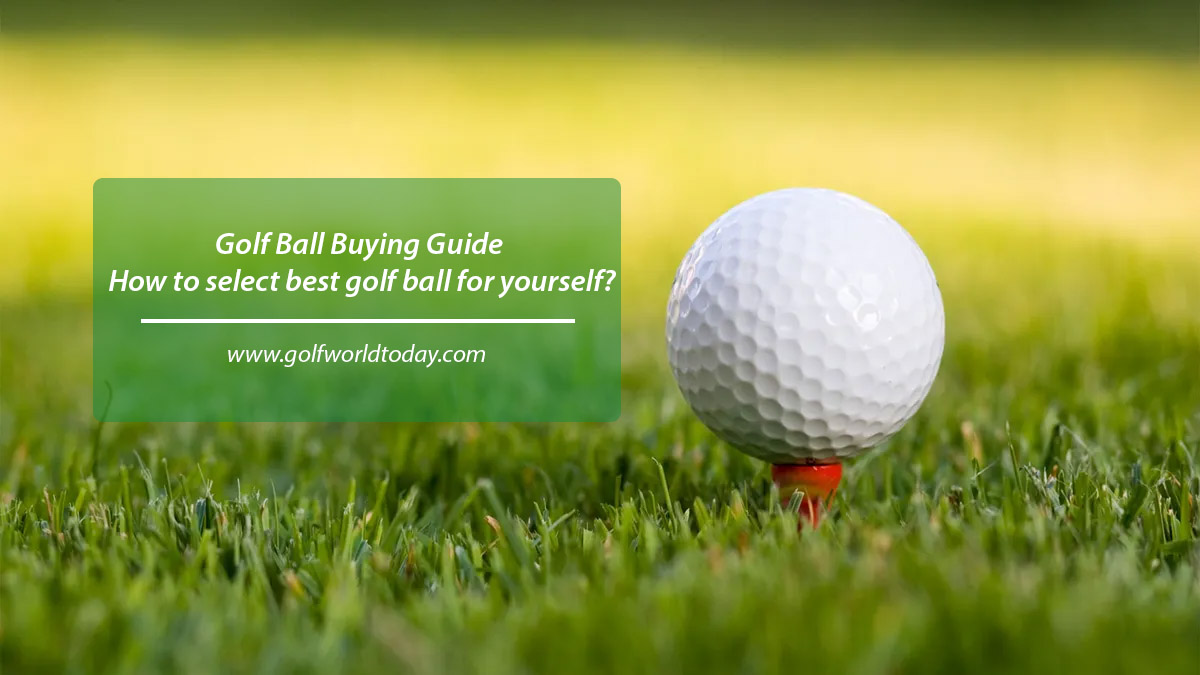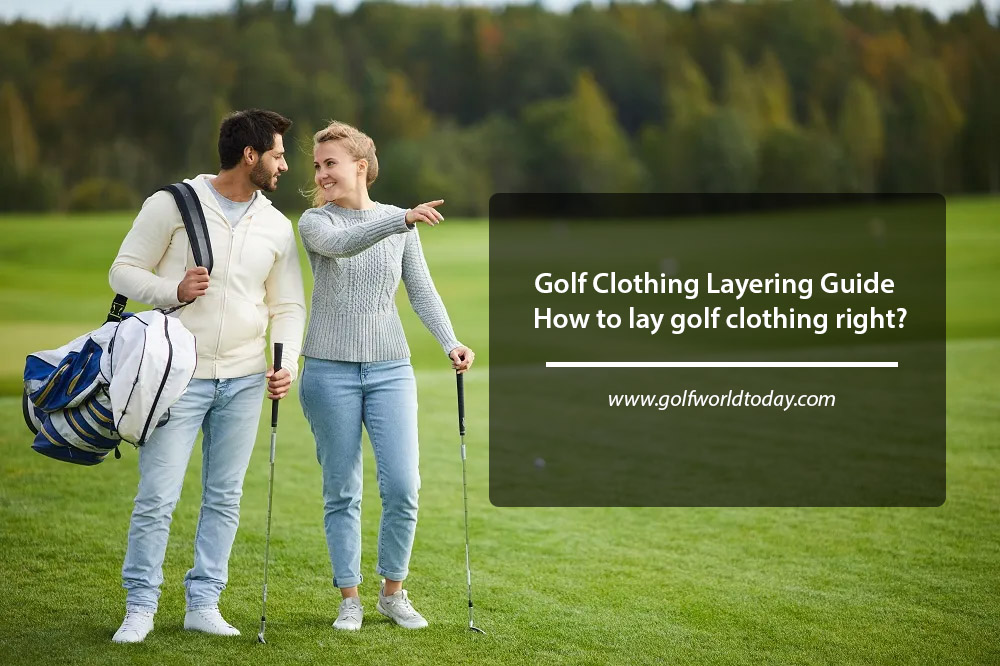Golf Grips Buying Guide – How to select the right Golf Grip? Golf grips are often the most overlooked piece of equipment in a golfer’s bag. Players will research and change their ball, their driver, their putter, their shoes but rare usuallyly think about their grips.
The grip is the only part of a golf club you actually touch throughout a swing, so it can be very important to find the right grip for you and make sure your grips are clean and fit for play.
The following information can help you understand the various aspects of a golf grip and guide you in what you should think about when buying a grip.
Golf Grips Buying Guide – How to select the right Golf Grip?
Types of Grip
Rubber Golf Grips
The majority of golf grips are rubber. As a material, rubber is easy to shape, easy to produce and offers a company, yet adhesive feel. Other materialss you might find on the market include silicon, elastomer and plastic.

Corded Golf Grips
Corded grips are grips that contain a cord material in the composition of the grip. The addition of the material helps to provide more traction in the hands in the rain and also hotter, sweatier weather.

The drawback of corded grips is that some players find them to be abrasive or more uncomfortable than uncorded grips.
Wrap Golf Grips
Wrap grips hark back to the original style of leather grips that used strips of leather wrapped around the shaft. Now they use modern material to produce a soft surface texture that provides a tacky touch.

Lightweight Golf Grips
As metal wood technology advanced and companies began making drivers and fairway woodens lighter and lighter, it was natural for the grips on these clubs to be made light also. For that reason, certain grips used on metal woods may be lighter in weight than grips applied to irons.
Putter Grips
Putter grips vary from grips for irons and woods and a couple of different ways. Firstly they don’t typically require the same level of traction or texture as players neither grip nor swing as hard with the putter as they do with a normal golf swing.

Secondly, putter grips will be the only grips that are permitted by the guidelines to include a flat edge. Typically this is put into the front of the grip to help guide you on exactly where your thumbs ought to be on your grip.
Different sizes may also be offered to improve your ability on the greens. A thicker grip helps take the hands and wrists out of the stroke, which is what most golfers seek to do to improve their putting. The drawback of a thicker grip will be that you wupon’t obtain the feel of a thinner hold and if you are really feel putter, or have a stroke that involves lots of wrist action, then you could be more suitable for a thin grip.

Firm vs Soft
When choosing a grip it is important to understand the benefits and differences between a company and soft grasp. Tour players will tend to use firmer grips as they offer better torsion control and suit their higher swing speeds. Firm grips will have a tendency to promote or encourage gamers to grip the club with a lighter grip pressure.
Older players and beginners may prefer softer grips that make it easier, and more comfortable, to grip them without the swing speed needed for require enhanced torsion control.
Round vs Ribbed
All grips for woods and irons will either be round or ribbecomed. A round grip is symmetrical in design, whilst a ribbed hold features a small ridge that runs the length of the grip. It really is used as a guide or reminder to players or where their fingers and hands should be on the grip.
Adjusting to Adjustability
When companies began offering adjustability in woods, the grips on those clubs needed to be changed. If the grip had a ridge, logo, or design uponly in a single direction, if the clubhead was altered, thus altering the shaft alignment, the grip would no longer be properly aligned. Thus, grip manufacturers becomegan using round, logo-less grips that may be applied to adjustable drivers, fairway woods and hybrids.
Grip Size
Just like you should wear a couple of shoes that feet your feet, you should use a grip that fits your hand. Studies suggest that around 75% of players are using the incorrect size of grip.
Conventional wisdom shows that a proper size grip allows the fingers in a golfers top hand to barely touch the palm. Some players prefer to use a larger grip, that limits wrist movement, to limit a draw or hook and vice versa some players make an effort to restrict a slice with a slightly thinner grip.

As for grip sizes, whilst they can vary with manufacturer, they tend to fall into one of the following 5 sizes.
Standard = 0.580 to 0.600 inches in diameter.
Junior = Various sizes, smaller and shorter than standard.
Undersize =1/64 inch smaller than standard.
Midsize = 1/16 inch larger than standard.
Oversize/Jumbo = 1/8 inch larger than standard.
To make minor adjustments in the size of a grip, some players may choose to add various layers of tape between the shaft and grip. One wrap of tape will typically add 1/64 of an inch in diameter to the grip, 3 wraps includes 1/32 and 6 wraps equals 1/16.
Adding layers of tape is really a practice used mainly by Tour players. Some players prefer to have a different level associated with thickness under each hand and could add more layers to either the top or bottom portion of the grip. Bubba Watson has consumed to 10 layers of tape on his grips previously!
Durability
A common question we get is “how long does a grip last?” The truth is that the answer depends on the type of player you’re. The life of grip is can depend on how hard you grip the club, how often you practice or play, how many practice swings you take and how your sustain your grips.
Most golf grip manufacturers suggest holds ought to be changed every 40 rounds, or one per year.
Maintenance
It is important to maintain and check your grips regularly. Often you will be able to feel when your grips are in need of replacement, however, many tell-tale signs can include smooth or hard areas on the grip, cracks in the material, shiny spots, or wear around the areas your fingers typically sit. In the event that you notice any of these indicators, you should think about getting the clubs regripped.
You can prolong the life of your grips with regular cleaning. Most grips could be cleaned with a mild dishwashing detergent. For rubber grips (including cord) use a soft abrasive pad or brush. For non-buffed grips a washcloth ought to be used instead of an abrasive pad or brush.
In either case, after scrubbing, the grip should be thoroughly rinsed in warm water to remove all remaining soap residue. The grip then could be air or towel dried.
Rubber is also susceptible to heat so where possible, it is advised you don’t leave your clubs or in overly dry or hot surroundings.
Changing Your Grips
Most golf shops or pro shops should be able to install and change grips. Changing one club can take just a couple of minutes, but if you are getting a whole set it is advisable to expect a least a day or two.





